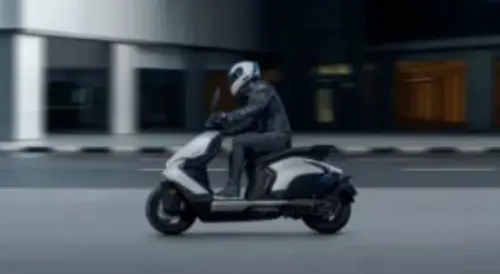

VCU Solution for Electric Motorcycles Using STM32G0B1VCT6
As electric motorcycle technology continues to advance, the number of electronic control units (ECUs) is increasing. If conventional wiring methods are used, it will result in a sharp rise in the number of wires on the vehicle. Therefore, the CAN bus is now required for electric motorcycles. The CAN bus has strong error-correction capabilities, supports differential signaling, making it suitable for high-interference environments, and offers long transmission distances. Functionally, the CAN bus simplifies the vehicle’s wiring layout, enhances the stability of the electrical control system, and makes vehicle control smarter and more precise.
The STM32G0B1VCT6 is based on a high-performance Arm® Cortex®-M0+ 32-bit core with a clock speed of up to 64 MHz. It features CANFD, LIN communication peripherals, and a rich set of analog and digital peripherals. This makes it cost-effective and performance-efficient for applications in electric vehicles and related electronic units without automotive-grade requirements.
The LSM6DSD is an integrated system with a 3D digital accelerometer and a 3D digital gyroscope. It operates at 0.65 mA in high-performance mode and supports always-on low-power functionality. In electric motorcycle applications, it can be used for vehicle collision detection, automatic turn signal activation, and other applications.
Scenario Application Diagram

Product Image
Development Board Photo
Solution Block Diagram
► Core Technology Advantages
STM32G0B1VCT6: Core: Arm® 32-bit Cortex®-M0+ CPU, up to 64 MHz; Internal 16 MHz RC (±1%), with PLL option; Two FDCAN controllers; Three interfaces supporting ISO7816, LIN, IrDA, auto baud rate detection, and wake-up functions; USB Type-C™ power delivery controller.
► Solution Specifications
Input Voltage: 48V; fHclk: 64M; FDCAN Baud Rate: 1M; UART Baud Rate: 115200; ACC: ±16g; GYR: ±2000dps.
Subscribe to JMBom Electronics !













